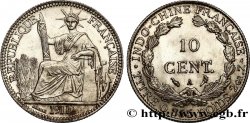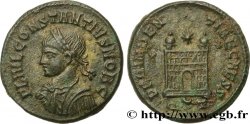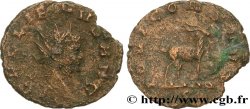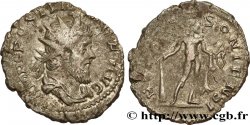p05_0074 - 1 Piastre FRANZÖSISCHE-INDOCHINA 1932 P.052
PAPIER MONNAIE 5 (2005)
Startpreis : 100.00 €
Schätzung : 200.00 €
Erzielter Preis : 170.00 €
Anzahl der Gebote : 3
Höchstgebot : 201.00 €
Startpreis : 100.00 €
Schätzung : 200.00 €
Erzielter Preis : 170.00 €
Anzahl der Gebote : 3
Höchstgebot : 201.00 €
Nominalwert : 1 Piastre
Datum: (1932-1935)
Provinzen/Banken Banque de l'Indochine
N° im Nachschlagewerk : P.052
Neue Bestellnummer : KM.142
Alphabet - Serie : G.229 n°276
Unterschrift : Thion de la Chaume, Baudouin
Kommentare
Faux certifié par deux tampons à l'encre violette et un coin coupé. Ce faux pour servir est très intéressant car il utilise pour le filigrane la technique des deux feuilles superposées. Chaque coté du billet est imprimé sur un papier très fin avec le filigrane imprimé à l'encre beige sur le verso de l'une des deux parties. Les deux papiers sont ensuite collés et massicotés. Le résultat est assez probant. Cette technique a été utilisée ultérieurement avec une qualité bien supérieure sur les billets de cent livres 1945 du Liban, ce qui a fait perdre ce contrat d'impression à la Banque de France.
Fake certified by two purple ink stamps and a cut corner. This counterfeit is very interesting because it uses the technique of two superimposed sheets for the watermark. Each side of the note is printed on very thin paper with the watermark printed in beige ink on the back of one of the two parts. The two papers are then glued and trimmed. The result is quite convincing. This technique was later used with much higher quality on the 1945 Lebanese hundred-pound banknotes, which caused the Banque de France to lose this printing contract.
Fake certified by two purple ink stamps and a cut corner. This counterfeit is very interesting because it uses the technique of two superimposed sheets for the watermark. Each side of the note is printed on very thin paper with the watermark printed in beige ink on the back of one of the two parts. The two papers are then glued and trimmed. The result is quite convincing. This technique was later used with much higher quality on the 1945 Lebanese hundred-pound banknotes, which caused the Banque de France to lose this printing contract.








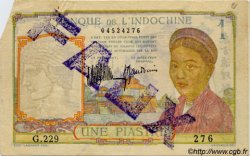

 Berichten über einen Fehler
Berichten über einen Fehler Die Seite drucken
Die Seite drucken Teilen meiner Auswahl
Teilen meiner Auswahl Stellen Sie eine Frage
Stellen Sie eine Frage Einlieferung/Verkauf
Einlieferung/Verkauf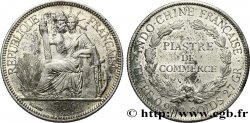
 Details
Details
